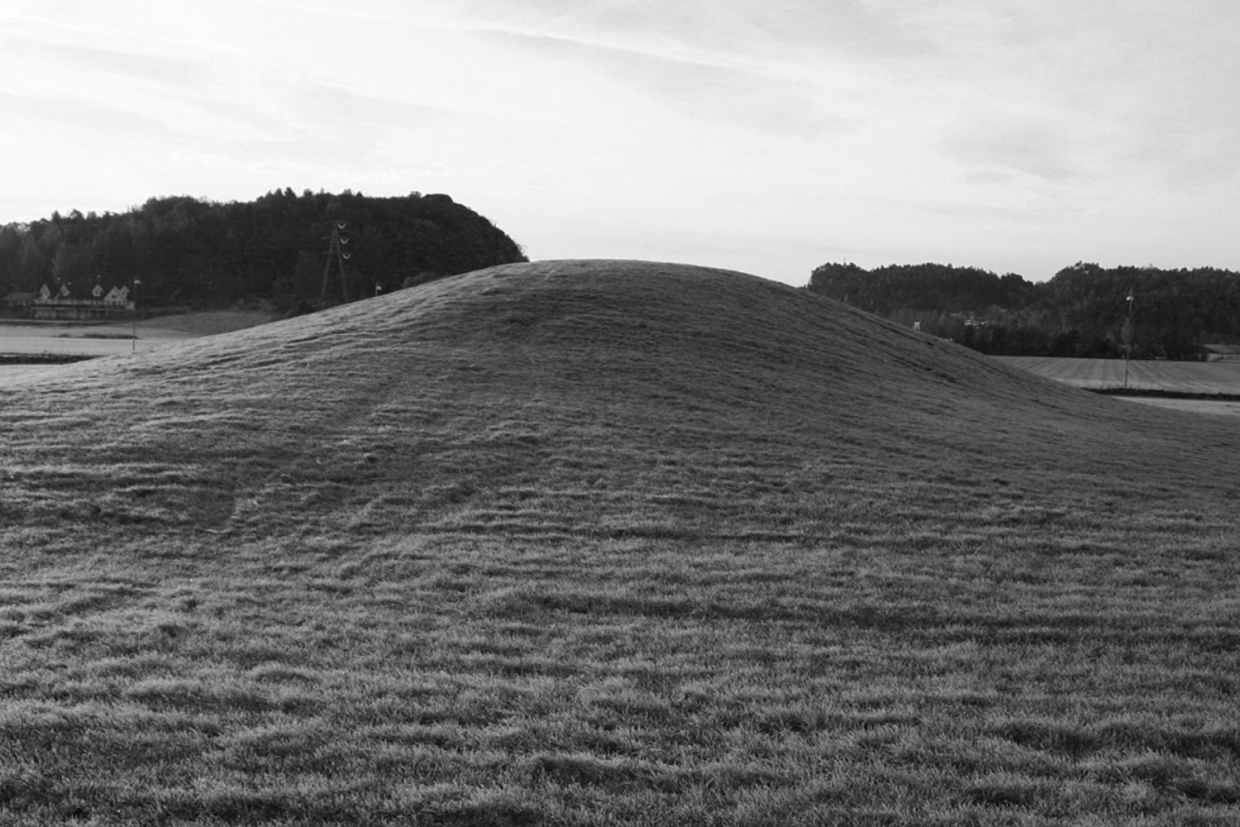Ship Mounds Matter: The Viking Ship Mounds of Norway
As each generation of researchers deconstruct and unpack their own preconceptions of the world around them, it reveals new shortcomings in our understanding of the past. If we have learned anything in Viking Age studies in the past decades, it is that they saw the world differently from modern Western Society. The notion of an ingrained and preordained division between the human and the natural sphere would have been as alien to them as their notion of the afterlife is to us.
Graves, or mortuary practices, are an essential source of information for the archaeologist, and yet we all too often view the only things of value within them as the human-made things with the dead, and the human remains themselves. As a growing sub-discipline within archaeology, geoarchaeology has offered invaluable insights into the wealth of information held within the soil. Indeed, the soil is in many respects the archive of the world and its most precious resource; it changes at a tempo far slower than humans normally register, and gradually absorbs every change in situation. Earth-sourced materials, such as soil, sediments, or stones, form the context of burials. In large burial mounds, such as those over the Viking Ship burials in Norway, soils and sediments form a large proportion of the materials used in the burial expression. These materials surrounded every part of the ship, setting the scene for the burial rituals, and encasing and connecting the burial to landscapes and people.
There are few ship burials from the Viking Age that have survived long enough to be excavated by antiquarians and archaeologists. The largest and best preserved are the most familiar to us; Gokstad and Oseberg, both in Vestfold, in southern Norway. Other, less well-preserved Viking ship burials in Norway include Tune, in Østfold, and Grønhaug and Storhaug on the west coast island of Karmøy. Previous research into the age and provenance of the timbers used in these burials has provided convincing links between many of them. But what happens if we look the mounds, and not the objects in the centre?
In the construction of these mounds, materials were gathered from the landscape. These include turfs and peat sods, subsoil materials in differing colours and textures, charcoal was produced in kilns, pale birch bark stripped from wood, branches were gathered and bundled, mosses collected ready to be placed. The contrasts these materials offered in terms of colour, texture, smell, and the relationships they created to the landscape would have been striking. Moreover, these materials were kept separate in the mound constructions, implying that each had unique properties or references that the builders wanted to preserve. The ground was prepared by removing selected layers of soil, and a trench or support for the ship created before the gathered materials were placed over the burial in a particular order. Mosses, bark and fascines were placed on the deck or burial chamber, whereas turfs and sediments were layered to build up the mound.
The mound set the scene for the burial, placing the mound and ship in a liminal place between worlds. Mortuary rituals echoed and renegotiated social and mythical identities, connecting differing pasts and futures to the deceased. By constructing the ship burials with overlapping traits in construction details, they referenced to each other, to the landscape, and those before, and those to come.


Ship Mounds Matter: The Referential Qualities of Earth-Sourced Materials in Viking Ship Mounds is published online, Open Access, by Cambridge for the European Journal of Archaeology.





